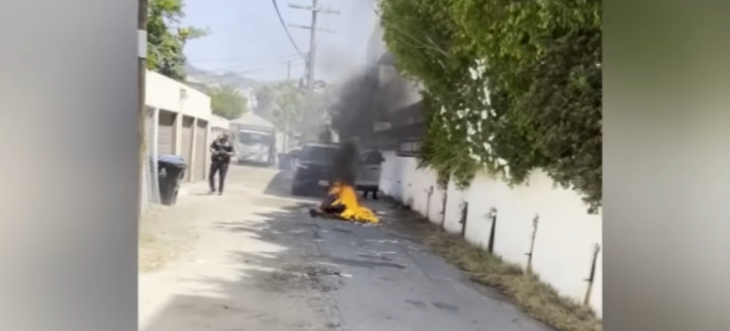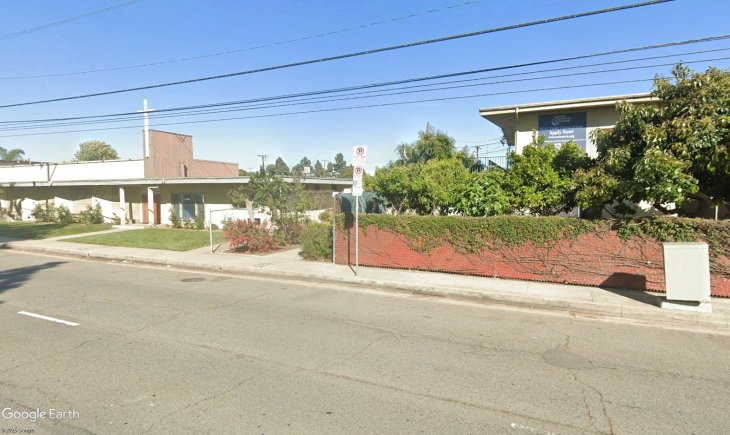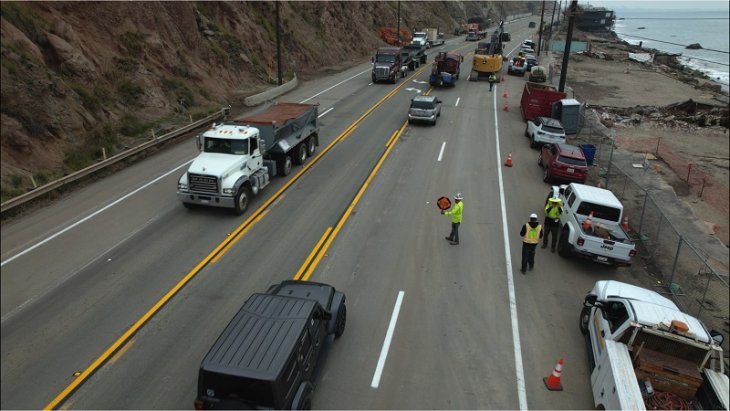SpaceX is now targeting next Monday for its return to flight after completing its investigation of a September launch pad explosion that destroyed a Falcon 9 rocket and a commercial communications satellite, it was reported Tuesday.
Pending approval from the Federal Aviation Administration, the Hawthorne space company plans to launch 10 satellites on one Falcon 9 rocket for Iridium Communications Inc. from Vandenberg Air Force Base, the Los Angeles Times reported. Iridium will use the new satellites to provide mobile communications capabilities on land and on ships and airplanes.
Iridium tweeted Monday that it was “pleased with SpaceX’s announcement and targeted launch date.”
News of the planned launch comes after a four-month-long investigation into what company Chief Executive Elon Musk described in November as “the toughest puzzle to solve that we’ve ever had to solve.” SpaceX said a few weeks after the explosion that it expected to return to flight as soon as November. But as the investigation continued, the launch date slipped back to December, and then January.
The Sept. 1 explosion at Cape Canaveral Air Force Station destroyed a satellite that was to be managed by Israeli satellite operator Spacecom and was also intended to help Facebook Chief Executive Mark Zuckerberg bring high-speed Internet access to remote parts of Africa.
SpaceX said Monday it pored through 3,000 channels of video and telemetry data that spanned just 93 milliseconds from the first sign of trouble to the explosion. It said a tank inside the rocket’s larger, second-stage liquid oxygen tank failed, probably after a buildup of liquid oxygen between the vessel’s aluminum inner liner and its carbon overwrap ignited.
The vessels are used to store cold helium that maintains pressure in the liquid oxygen tank. As the liquid oxygen depletes, the helium helps fill the void, The Times reported.
To fix this issue in the short term, SpaceX said it will change the configuration of the composite-overwrapped pressure vessels so warmer helium can be loaded. It will also change helium loading operations to a “prior flight-proven configuration” based on previous successful procedures.






















